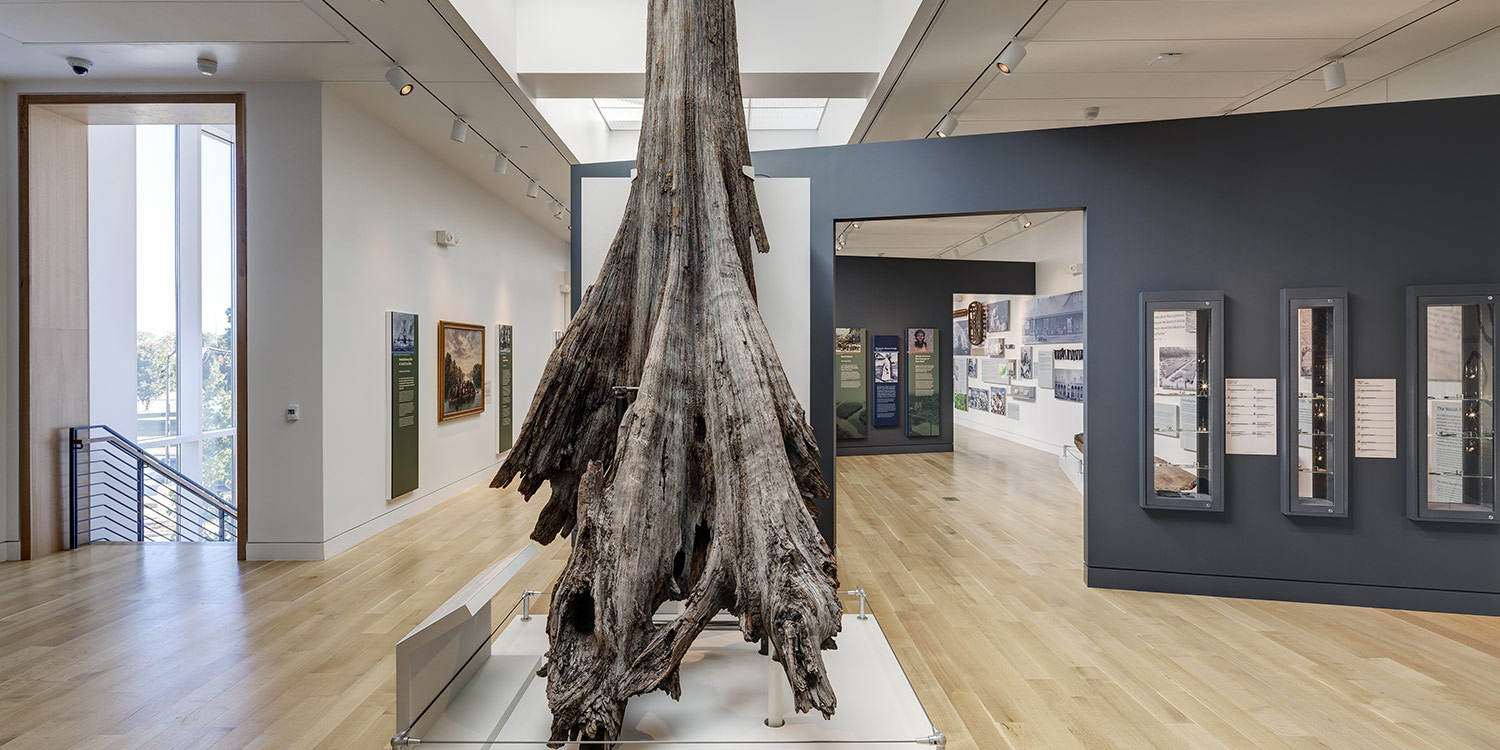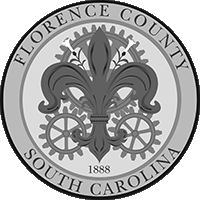
[cgv tour-k-design_a_dinosaur_city_with_your_classmates]
[cgv tour_1st_grade]
[cgv tour_2nd_grade]
[cgv tour_3rd_grade]
[cgv tour_4th_grade]
[cgv tour_7th_grade]
[cgv tour_8th_grade]
[cgv tour_high_school]
[cgv tour_1st_grade]
[cgv tour_2nd_grade]
[cgv tour_3rd_grade]
[cgv tour_4th_grade]
[cgv tour_7th_grade]
[cgv tour_8th_grade]
[cgv tour_high_school]






